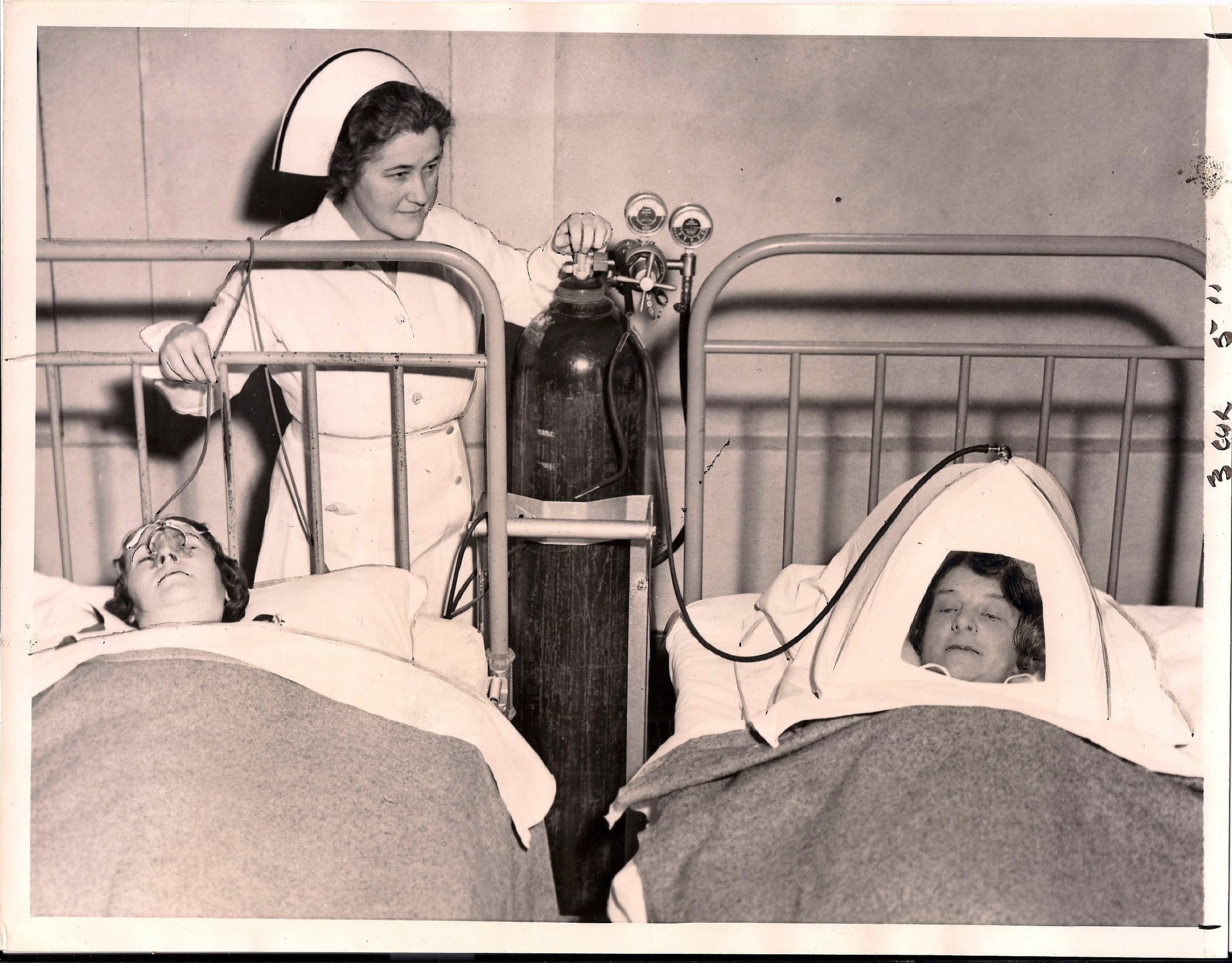Many in the home medical equipment industry equate policy manuals to their accreditation inspections. And of course, these bulky tomes are certainly a large part of the accreditation and survey experience for every DME. Policy manuals serve as the road map for how work gets done within an organization, a set of rules for the organization, and the document that defines the structure, function, and philosophy of the organization. Let’s look at what a policy manual should contain and how it impacts not only accreditation, but also the overall day-to-day operation of an organization.
HQAA Blog
Topics: Employee Training, HIPAA, Security, Personnel Files, Quality Improvement, Billing, Renewing Accreditation, Quality Standards, HQAA Accreditation, HME Accreditation Requirements, Patient File Requirements, Compliance, Patient Privacy, Clinical Practice Guidelines, Materials Management, Avoiding Deficiencies, CMS, Complaint Process, Quality Care, Showroom, Retail, Delivery, Clinical Respiratory Services, Oxygen, Warehouse, Safety Officer, Competence, Customer Service, Disaster Preparedness, Emergencies, Business Practices, Marketing
New employees who apply and secure jobs with durable medical equipment companies are often surprised to find out that they are being offered vaccinations to protect them against Hepatitis B. In fact, some new employees find it unsettling to learn that their new job offers this “benefit” because of increased exposure risk to this dreaded but somewhat misunderstood disease. Let’s dispel some myths and lay out the basic facts about the disease, its prevention, and why healthcare workers are being offered this vaccination.
Topics: Employee Training, Personnel Files, Clinical Practice Guidelines, Delivery, Business Practices
In July 2018, CMS made a rather important announcement: that effective January 1, 2019, after the current bid schedule expires December 31st, 2018, any Medicare provider can supply durable medical equipment and supplies to Medicare patients/recipients. This will likely continue until the next round of bidding takes place, which will be at least a calendar year later. This rule revision, known in the industry as the “Any Willing Provider” provision, is something the industry has talked about since competitive bidding began. “Wouldn’t it be fair,” one provider I spoke with posited, “if they {CMS} settled on a bid amount and opened it up to any credentialed, accredited, licensed DME to provide equipment and services?”
People have thrown around the words “re-invent,” “re-imagine,” and “re-purpose” in regards to their career, their life’s goals, their outlook, and their businesses quite a bit in the last decade. It is considered chic to reinvent ourselves—in both our personal lives and our careers and businesses. And it’s becoming more and more useful and important to do that in our DME businesses today. Reimbursement changes (and by “changes”, we almost always mean “cuts”), as well as technological advances, coupled with the changing styles of consumerism, how people shop, and the fact that customers are willing to pay for an increasing amount of their healthcare all make the environment ripe and ready for change!
Topics: Customer Service, Business Practices, Marketing
A cousin of mine just passed away a few months ago after a long illness. He was fortunate to be able to spend his last few weeks at home with the family and friends he loved around him, either looking out the window at his beautiful backyard or some days, on the back porch. “Fortunate” is a relative word: he was in his early 50’s and should have lived a lot longer. On the other hand, after weeks in hospitals and long term acute care (LTAC) facilities, he (and his family) were grateful that he was able to spend his last days at home. During those last weeks, he tapped into the durable medical equipment industry more than most people do in a lifetime.
Topics: Quality Care, Delivery, Oxygen, Customer Service
Ongoing Staff Education in Your HME Organization
“Education is the passport to the future, for tomorrow belongs to those who prepare for it today” ……………Malcolm X
HQAA fields quite a few questions about ventilator care and whether or not the care is “clinical” in nature or non-clinical. It may be helpful to clarify some points about ventilator care and review the definition of clinical respiratory services.
Topics: Clinical Practice Guidelines, Ventilator Unit, Quality Care, AARC
The last year has given us several natural disasters. We’ve seen “Nor’easters”, major fires, hurricanes, floods, and mudslides, which left major highways destroyed and communities completely isolated. It’s been a rough year!
Topics: Disaster Preparedness, Emergencies
Mathematician and author Vernor Vinge popularized (and named) the notion that technological change grows exponentially. He called the phenomenon “exponentially accelerating change” and wrote both scientific articles and popular culture fiction about the concept. We have all heard statistics thrown around; such as the fact that your child’s IPOD has more capability than the computer on the Apollo mission that landed on the moon in 1969. Or that we’ve developed more technology in the last 25 years than in the previous 10,000 years.
Early in my consulting and inspecting career, I became fascinated by the concept of customer service. Why are some organizations more customer service-oriented than others? How do organizations promote a culture that encourages excellent customer service? What can staff and management do to make customers happy with their experience? I noticed that some of the medical equipment companies I visited had excellent customer service, others had mediocre customer service, and still others (not many, thankfully!) had horrible customer service. I set out to understand the art of customer service and tried to answer the above questions by gathering fact patterns and collecting observations about the customer service I witnessed on my visits.
Topics: Customer Service











